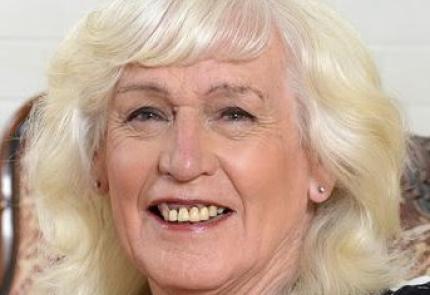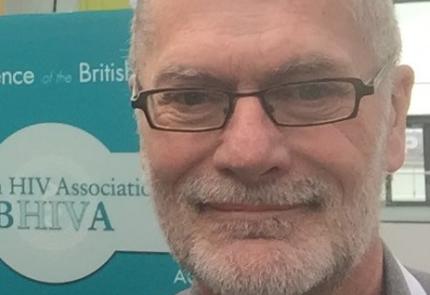Q: What was the aim of the project?
ACCESSCare-Communication investigated the experiences and preferences for communication between health and social care professionals and LGBT+ people with serious illness (and their significant others) about sexual orientation, gender identity and gender history. We also sought to identify best practice to inform the development of evidence-based recommendations for clinicians and educators.
Q: What did the study reveal about communication between LGBT+ people and health professionals?
Clinicians want to provide LGBT+ inclusive care, but they report anxiety surrounding how to talk about sexual orientation and gender identity with patients. Unclear support from the organisations that clinicians work within – including lacking training and inconsistent policies – contribute to the concerns of professionals and patients. Assumptions about people from some sociocultural and religious background may further discourage communication about sexual orientation, gender identity and gender history. LGBT+ people facing serious illness said that health and social care professionals can be inclusive in their care and support through openness about gender and sexual orientation that avoids assumptions, uses the language they use to describe themselves and their significant others, considers what they might be saying through non-verbal communication, explains the relevance to care of these aspects of identity, and respects and incorporates their choices.
Q: How did you develop the best practice guidelines?
We used evidence gathered from the interviews with LGBT+ people living with serious illness, their significant others, and health and social care professionals from a wide variety of specialities in this study, alongside findings of our previous ACCESSCare study, to develop the best practice guidelines. We tested the guide with several health and social care professionals and it was reviewed by LGBT+ community members. These comments were carefully considered and incorporated to improve the guide.
Interview with Ruth Rose, a public participant in the research



